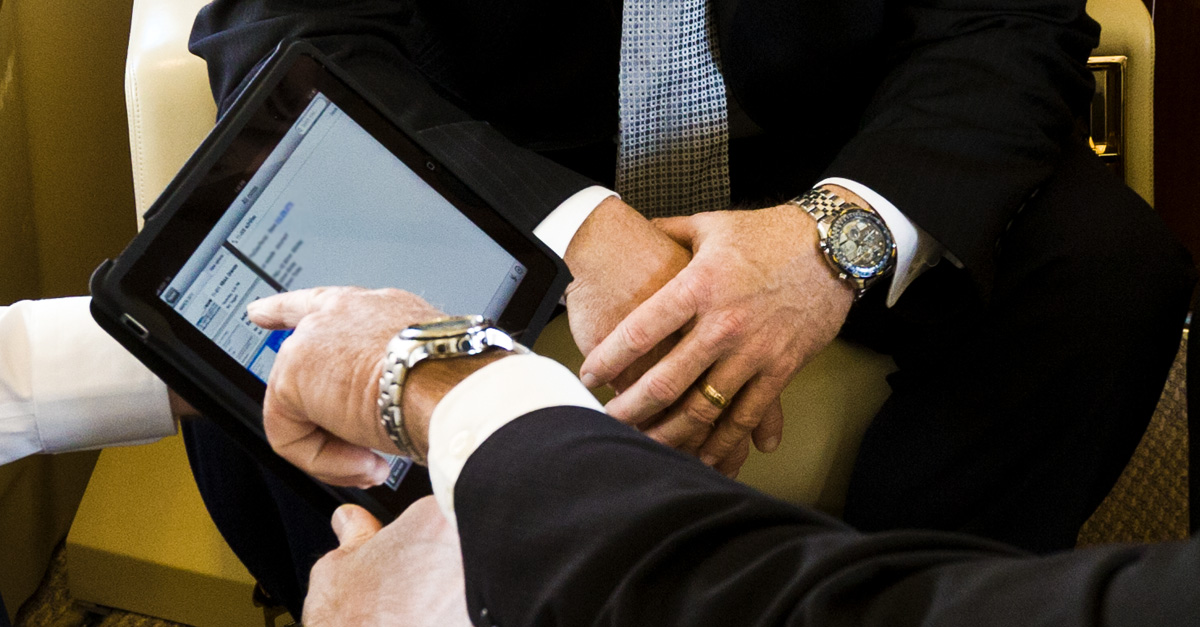
Aug. 6, 2018

App-based tools matching passengers to seats on business aircraft offer new opportunities for the industry to provide lift to communities with little or no commercial service. However, charter brokers and operators should seek out professional and legal counsel beforehand to ensure they’re complying with regulations.
“NBAA encourages companies to continue to innovate in their businesses, but it’s imperative they balance that innovation against regulatory concerns,” noted Mike Nichols, NBAA vice president for operational excellence and professional development.
One common problem is misrepresentation of the broker-operator relationship.
“The greatest concern to federal regulators is when a non-operator holds out service in a manner that represents it as the operator for the flight,” noted Dayton Lehman, president of the Aviation Group at Capitol Business Solutions. “You can’t say ‘our flight’ or ‘our plane’; a broker must act as the agent of its customer, or the agent of the operator, and not as the operator.”
Advertising seats on empty legs, or aircraft with a defined origin, destination and departure time, also poses legal issues. “As you narrow the window toward a scheduled route and time, you increase the risk of regulators questioning whether that flight is truly on-demand,” Lehman cautioned.
Several popular app-based charter brokers offer memberships to their service that people may use to connect with others seeking flights to a given region. “That’s self-aggregation, e.g., when a group of friends get together, and a broker arranges their flight,” Lehman explained. “Individuals are paying money on it per seat, but the customers came to you, and you then arrange the flight; the flight wasn’t held out.”
The DOT document, “The Role of Air Charter Brokers in Arranging Air Transportation,” out-lines the rules for aircraft charter. For example, turbojet-powered aircraft with nine or more passenger seats cannot perform scheduled flights unless operated under Part 121 or DOT Part 380. However, aircraft with fewer than nine passenger seats aren’t subject to many of these requirements, providing flexibility for enterprising companies. For example, San Francisco-based Blackbird offers an app to arrange seating on California routes flown by Part 135 Pilatus PC-12 operators.
“We used to have 300 regional airlines in America, and the vast majority of them have disappeared,” said Rudd Davis, CEO of Blackbird. “We are reintroducing air service to many communities that lost it decades ago and are simultaneously enabling more people to fly private by selling by the seat instead of by the plane, and charter partners are able to reach a new and much larger customer base.”
INDUSTRY CHALLENGE
Apps are being used to match passengers with available seats on charter aircraft. However, entrepreneurs could run afoul of rules separating on-demand operations from scheduled carriers.
NBAA RESPONSE
Innovation is a hallmark of business aviation, but it’s imperative that compa-nies consult with legal professionals to gain an in-depth understanding of the regulations.
VIEW THIS ARTICLE IN THE APP
This article originally appeared in the July/August 2018 issue of Business Aviation Insider. Download the magazine app for iOS and Android tablets and smartphones.


 International Business Aviation Council Ltd.
International Business Aviation Council Ltd.